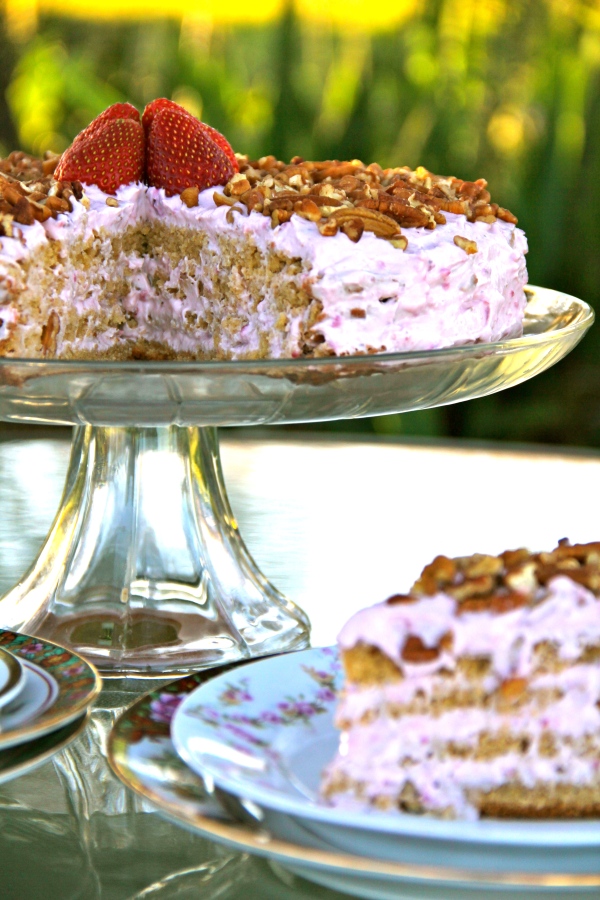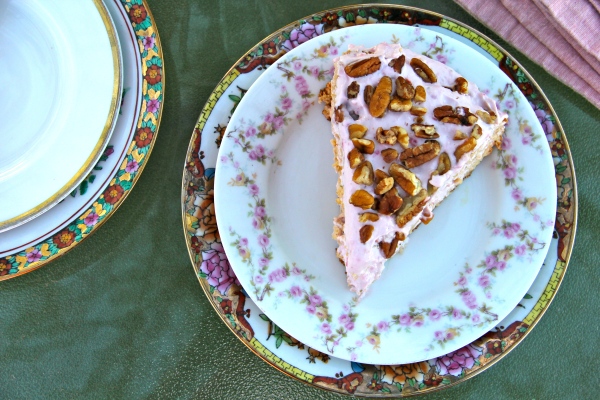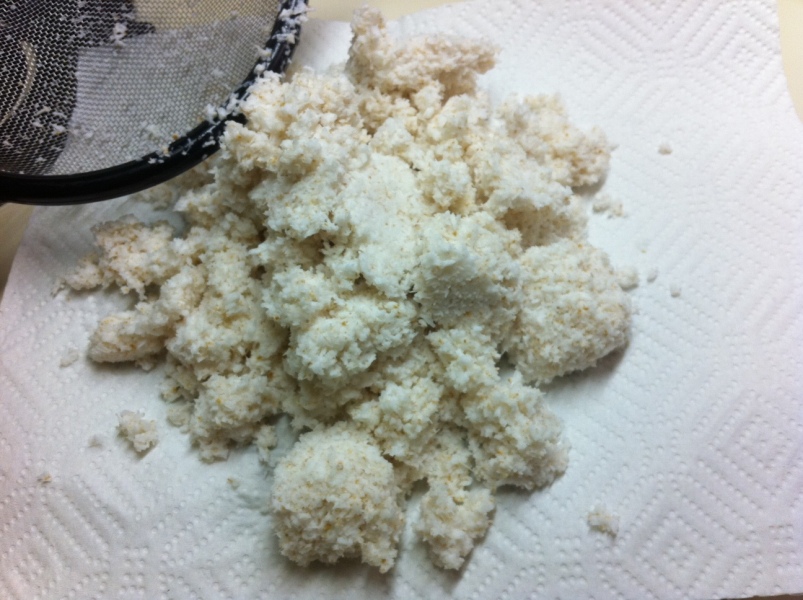That’s right, our blog is officially one year old! The time has flown, and it seems like just yesterday we wrote our very first post. But in that short time, we have changed so much. And I mean so, so much.
Fortunately, we still celebrate birthdays with cake. That’s one of those things that should never change.
When we created Skinnyfat, we had an entirely different mindset about food than we do today. Not just food, but life. Elesha and I have both grown so much, it’s almost as if we’re completely new women. It’s been a wonderful experience to share.
Just one year ago, eating was about restriction. It was about always being on a diet. It was about feeling guilty when we ate “bad” food. This blog was basically created because we saw ourselves as “too fat” and we thought we needed some type of food journal, a way to be accountable and “keep us in check”.
But this blog became so much more. The challenge of experimenting with new, healthy recipes created a deep appreciation and respect for simple, whole ingredients and the amazing health benefits that come along with them. Now, food is freedom! Healthy, life-giving whole foods are no longer something we eat because we have to or because we want to lost weight, but because they nourish our bodies, are delicious, and bring us true joy. No bad feelings are associated with food, and certainly no guilt, even when indulging. We have never felt so alive.
So even though Skinnyfat Girls was created in what I now consider a rather negative context, we are both grateful for what it evolved into and the positive effect it has had on our lives. Beyond that, it has positively impacted the lives of our families, friends, coworkers, and many of you faithful readers who have shared our health journey along the way. Thank you all for a wonderful year, and we’re excited for another one full of more great recipes!
If you’re celebrating a birthday soon, give whole wheat cake a try. It feels great to indulge without all the processed junk. Try subbing out ingredients in your favorite cake recipe: whole wheat flour for white, stevia, agave, and other natural sweeteners for sugar, coconut oil for butter, and so on. I “frosted” this cake with neufchatel cheese, firm silken tofu, banana, strawberries, and stevia all thrown into the food processor until smooth. Light and delicious!
And if you’re intimidated by layers, well, don’t be! It’s easy as pie! Though, I’m not sure the person who coined that phrase ever tried to make a good pie. Good pie is no piece of cake. Aaaaand we’re back to cake. If any of you would like this particular cake recipe, let me know and I will search for it. See, this birthday post was intended to include the recipe until I lost it. Fail.
I promise to be back next time with a brand new recipe for all of you. Until that time, eat cake and celebrate life! 🙂
~ Becky, a skinnyfat girl
















